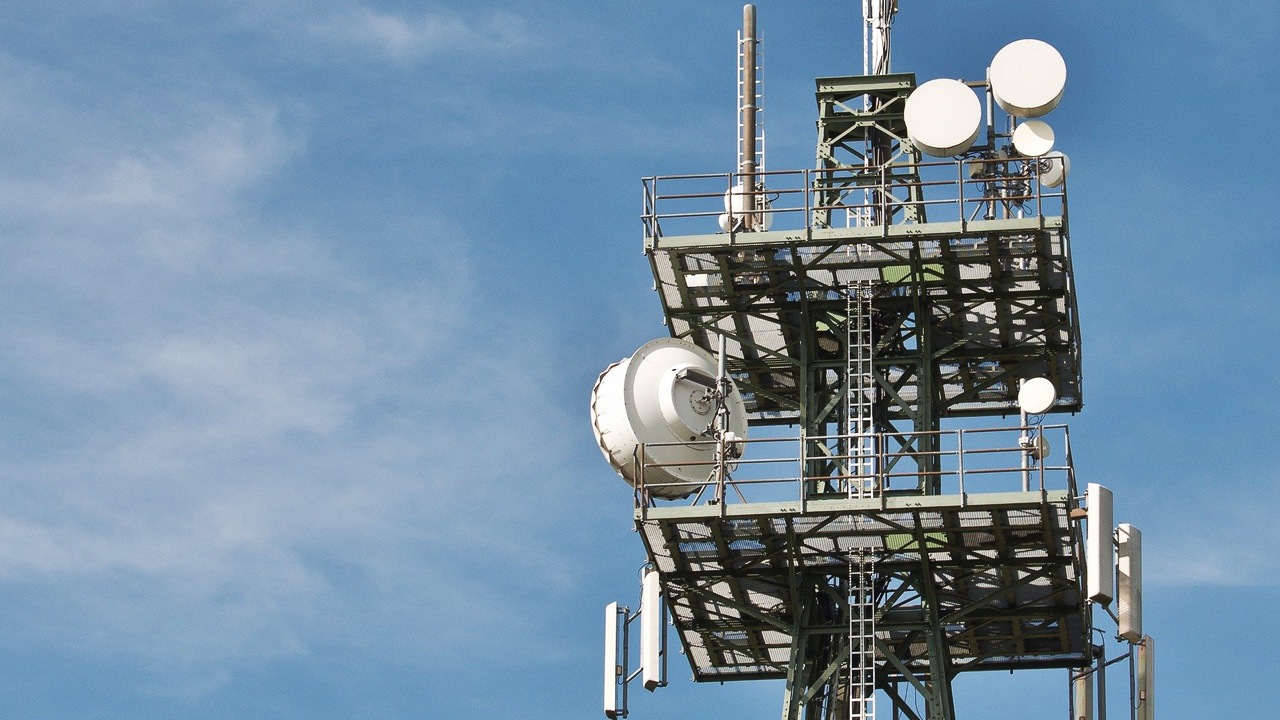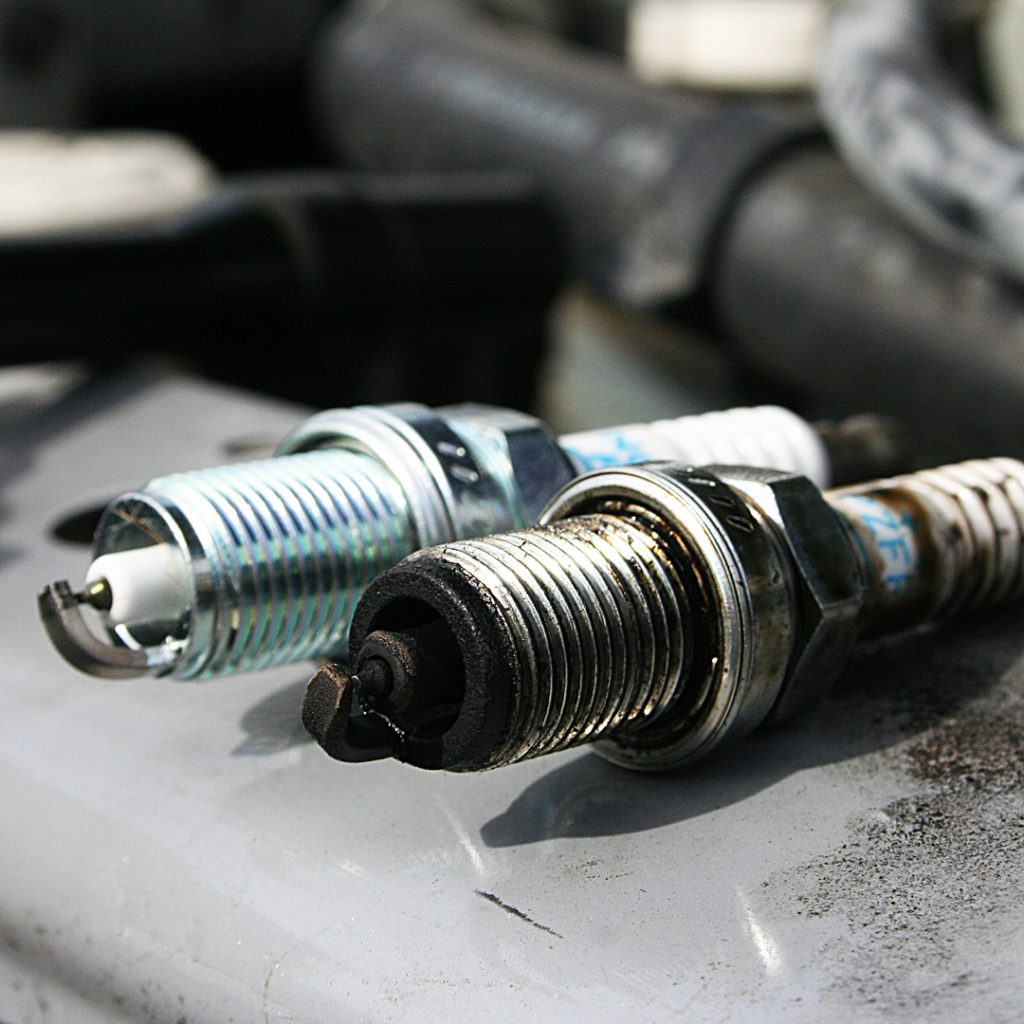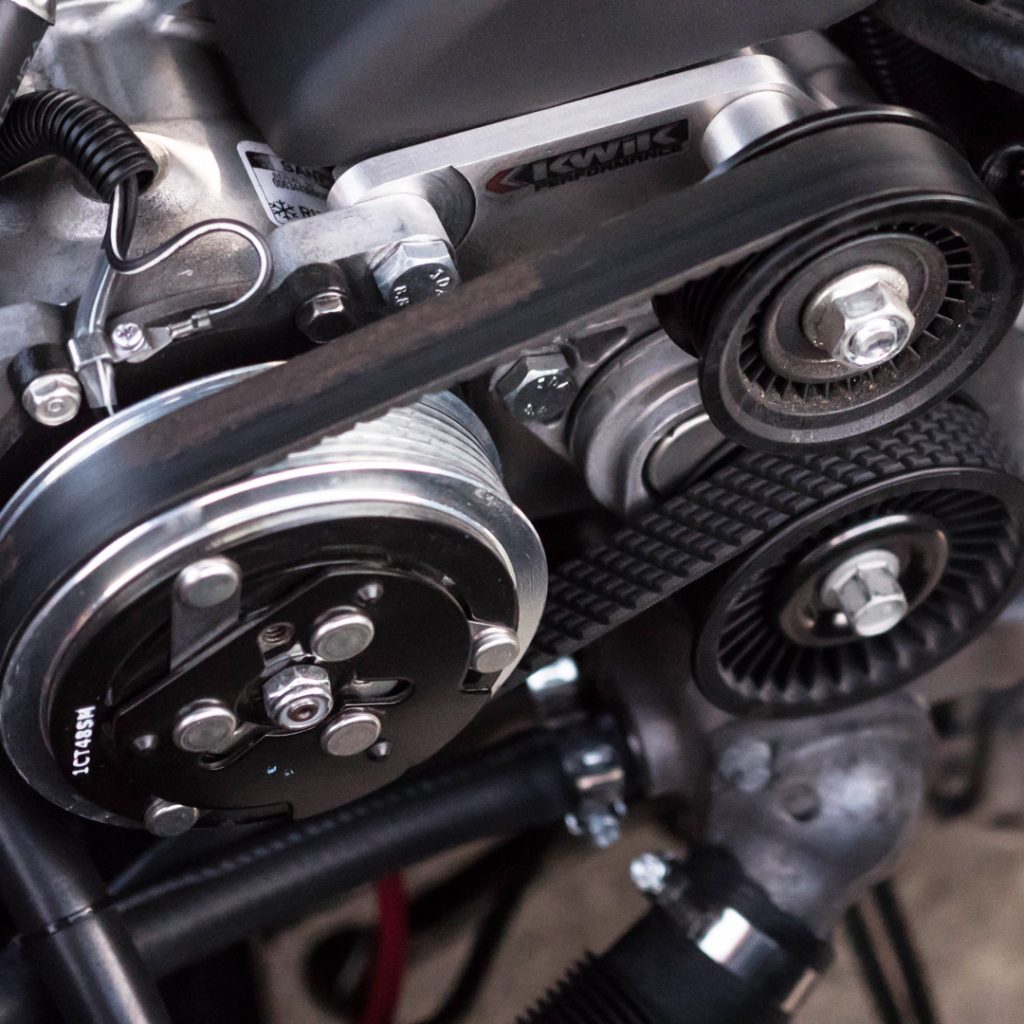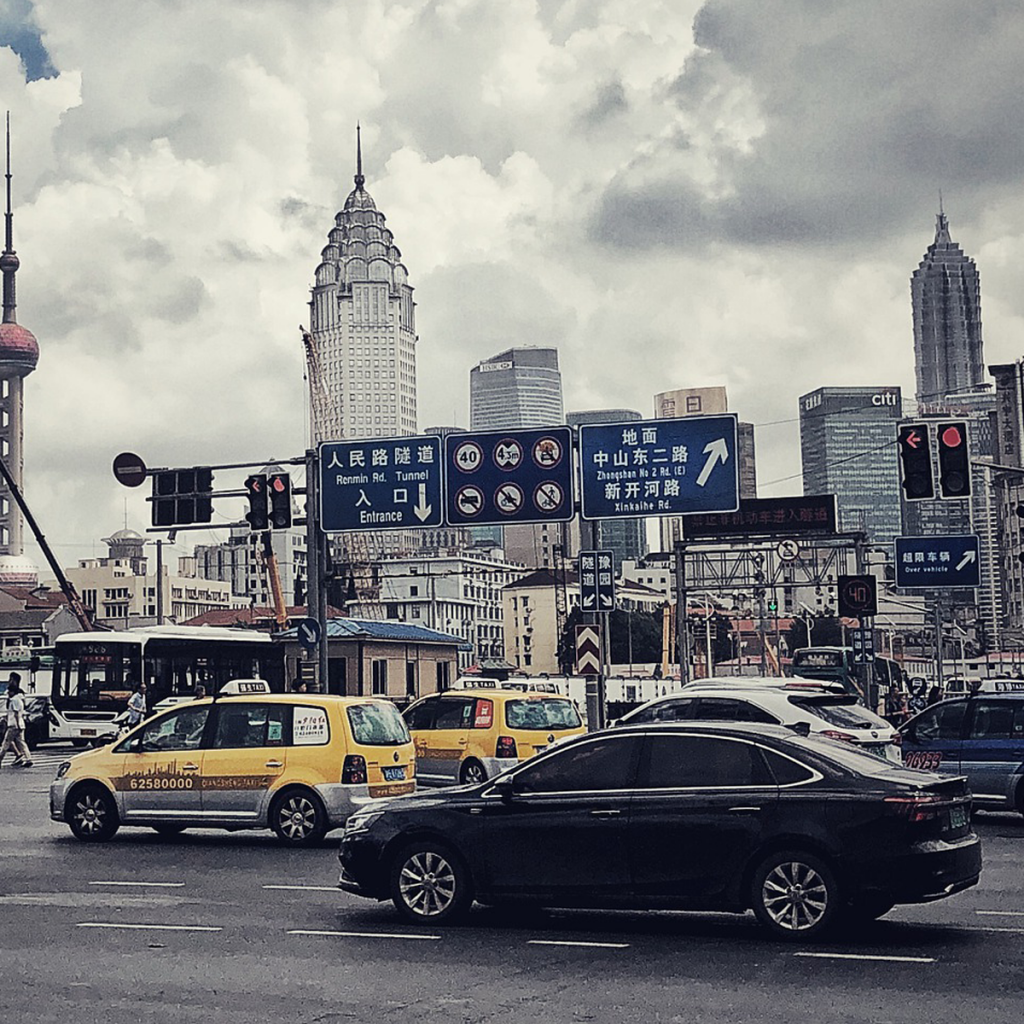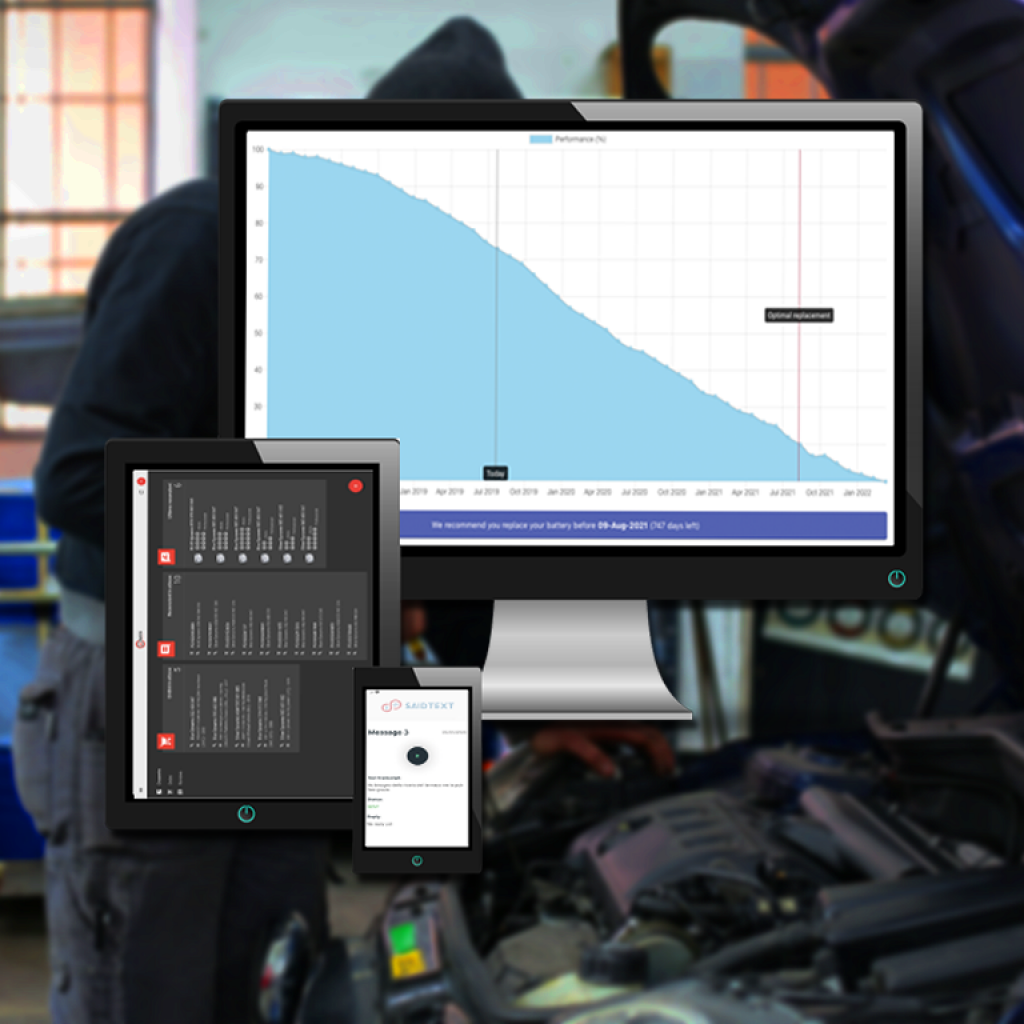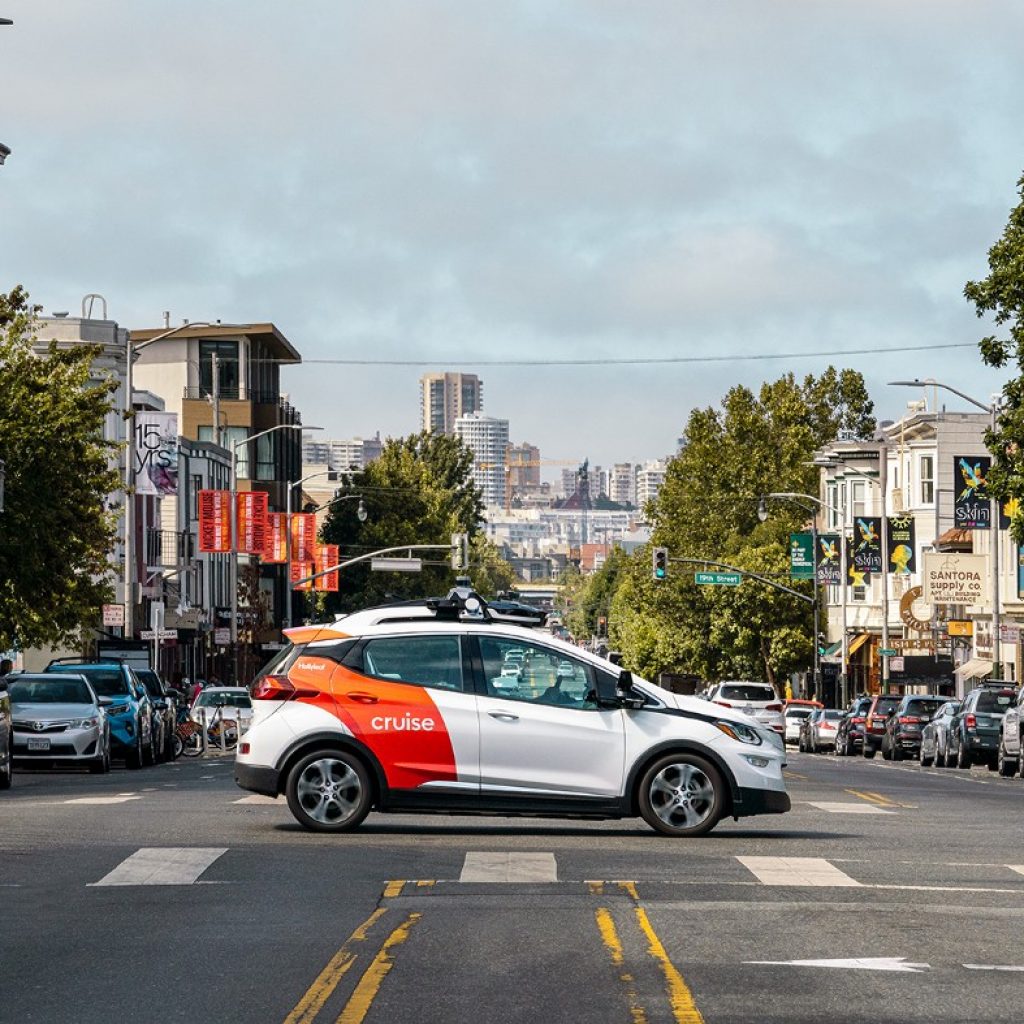By now, everyone in the tech world has heard about the impending takeover of the fifth generation technology in mobile networks, or 5G.
5G has come but its spread will be slow.
Right now, it is only available in a few cities in the world, far too few to really make an impact and show off its potential. But despite this, the technology has provided sufficient proof that it can and it will work at the speeds it has promised.
Unlike 4G which focuses on high-speed uploads and downloads, 5G has features that make it ideal for more: the Internet of Things, artificial intelligence, and the future of computing.
AI Parts is bringing the best in AI to the automotive aftermarket service and sales industry. Our patented platform, which will rely heavily on neural networks to make predictive maintenance available to more people, sees the importance of 5G for the future of AI.
On this article, we look into how high-speed mobile networks and virtually zero latency can impact the future of AI.
Perfect for IoT
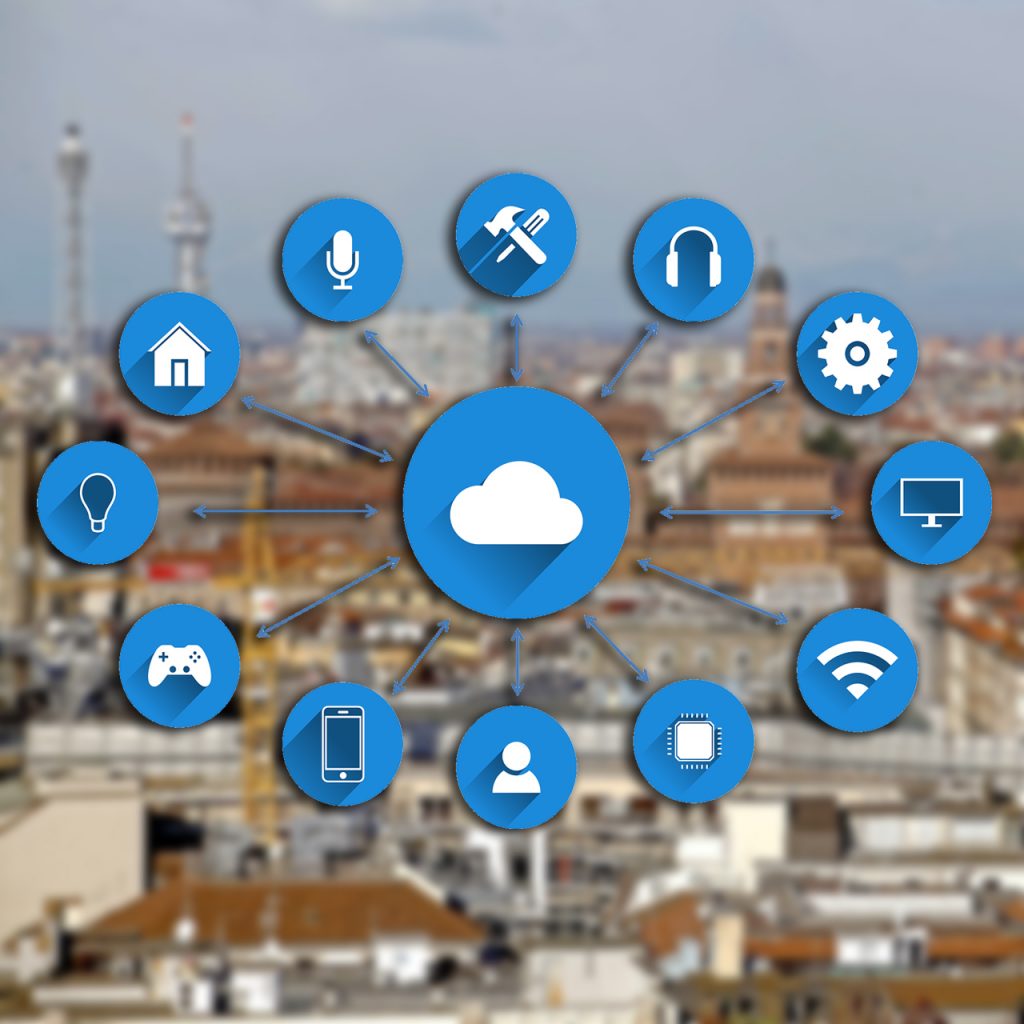
A big problem with IoT is the number of devices that will require connections to the network.
In one square kilometer area, 4G will work for up to 4,000 devices. For context, the city of Mumbai has 28,508 people per square kilometer. New York has over 10,000 people within the same area.
Even with current consumer demand, there is just isn’t enough space to advance IoT implementation.
The threat of a “capacity crunch” is one of the major reasons telco providers have been looking forward to 5G rollouts. Even before the rollout of 4G networks, projections already saw the limitations of 4G technology to handle growing demand.
By utilizing wavelengths with frequency over ten times that of 4G, 5G is capable of handling up to a million unique devices within one square kilometer.
With no shortage of connections, the technology creates the ideal backbone for the Internet of Things.
More sensors for air quality, traffic, noise, earthquakes, etc. can fit in cities without much threat to the capacity of 5G nodes.
The technology’s capacity can help IoT change the fields of artificial intelligence and machine learning.
These fields require and can easily process vast amounts of data. With IoT, data fields will be filled, helping AI applications model the world with greater accuracy. This means better results.
IoT will provide a level of resolution to data never seen before. As the world shifts to IoT, the data fields AI applications will have access to will unlock some amazing benefits.
Yet, a challenge exists.
Cities and urban hotspots will probably be the first (and maybe only) spots to enjoy the technology as the higher frequency 5G has a very short range.
High band 5G which makes gigabit download speeds possible, has a maximum range of about half a kilometre in real-world tests. It is very susceptible to physical interference like trees or even glass windows can block the signal.
This means hardware investments will be expensive (access points can only cover a very small area) and the low density in rural areas can limit viability.

Powerful Data Streams
Higher frequency 5G means more waves per second. And since data rides waves, it’s expected that 5G will be faster than 4G.
In a real-world test by CNET, they were able to download 10 hours of 4K resolution videos in just five minutes.
Download speeds on a street in Chicago reached over 1Gbps at peak. The uploads, as expected, remained within 4G territory but telcos are saying that could be improved.
AI, which is usually done on the cloud, can benefit greatly from ultra-high upload and download speeds.
Devices can send more data in less time and cloud software can provide feedback in volume. Compression becomes unnecessary.
A use case will be self-driving cars. These vehicles can potentially off-load some of the computing to the cloud. The amount of data generated by LiDars, cameras, and other sensors should be comfortable within the capability of 5G.
Real-time Response
One major advantage of 5G is in latency, or how fast it can transmit and receive a response.

Current 4G technology has a latency of around 50ms while 5G, in theory, can have as little as 1ms delay. That is 150 times faster than a blink of an eye.
This ultra-low response time carries a huge impact on lifesaving applications.
In October 2019, IBM and Samsung announced a partnership that will take full use of low-latency 5G connections in high-stress situations.
Pairing IBM Watson with Samsung’s 5G-enabled devices and wearables, the two companies built an enterprise platform for applications where fast response times can mean life or death.
5G In Action
Their platform has been trialed by police forces and it uses Samsung’s own smartwatch to continuously stream vitals. The same technology can be used by firefighters, soldiers, and other frontline workers.
Vitals collected by wearables are streamed to an off-site mission control. This lets leadership make key decisions in real-time and react to cues from AI with great speed.
This platform can similarly be applied to industries like mining, manufacturing, and construction.
Data can be uploaded to AI on a cloud, processed, and sent back faster than before.
This technology will also find use cases in industries such as finance, energy, healthcare and even retail.

Edge Computing and 5G
One other thing that 5G is strangely unleashing is edge computing.
Edge computing is when advanced processes like AI and machine learning are done on devices themselves, decreasing dependency on the cloud.
Common examples are on-device/offline speech input and on-device AR applications.
As manufacturers like Samsung and Qualcomm are pushing boundaries by creating chips compatible with 5G signals, they have also embedded stronger on-board AI processing.
The message is clear: 5G speeds and near zero latency will not be replacing raw, on-device computing power.
While 5G is seen to free consumers from the limits of 4G, it has also acknowledged that it can quickly become limited. As more and more consumer AI applications are built, demand for bandwidht will grow and eventually outpace the capabilities of 5G.
With this in mind, the push to make the calculations closer to where the data will be used – such as phones, cameras, computers – makes more sense.
As AI also become important in applications where they can’t fail, edge computing can help developers become more selective.
For example, an autonomous vehicle will need to process and understand hazards detected by sensors.
If it needs to transmit data and wait for it to be sent back, it might be too late before it automatically hits the brakes. And with the limited reach of 5G, what if it loses its connection?
For many industry experts, the symbiosis formed by edge computing and 5G will mean exponentials gains to the system.
“Simpler” AI tasks can be done on the device itself. Feedback can be provided immediately even when the data connection fails.
Creates a Smoother Transition
Edge computing is also seen as a way to smooth out the transition from 4G to 5G.
Powerful, on-board processing or edge computing, will slowly wean off some of the demand from 4G technologies while already showing off some 5G features such as powerful “cloud-like” computing.
A simple example would be augmented reality. Present edge computing can already provide a compelling experience. When 5G comes into the future, it can further enhance the familiar AR experience.
And when 5G reaches maturity, edge computing can help limit data transfers only for the most necessary cases.
A Mutual Relationship
It’s time to switch things around. So if 5G has the potential to expand the impact of AI in our lives, how can AI impact 5G?
Telco companies worldwide are already using AI to manage their networks. With the slow but steady expansion of 5G, customer expectations and industry commitments made are on the rise.
According to Ericsson, a leading provider of infrastructure devices says that up to 53% of providers will have AI systems manage their networks.
A Growing Capacity for AI
5G solves many of the limitations AI and IoT for accelerated scaling. Its impact on AI technology will be greater than any of the previous technologies that came before it.
The timing couldn’t be more ideal as innovators like us here at AI Parts are unlocking the potential of the technology in the aftermarket automotive sales industry.
As 5G signals cover more areas around the world, so will further rise the use of artificial intelligence.
